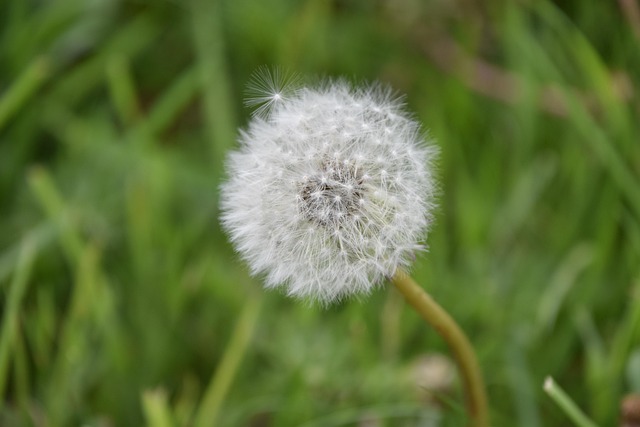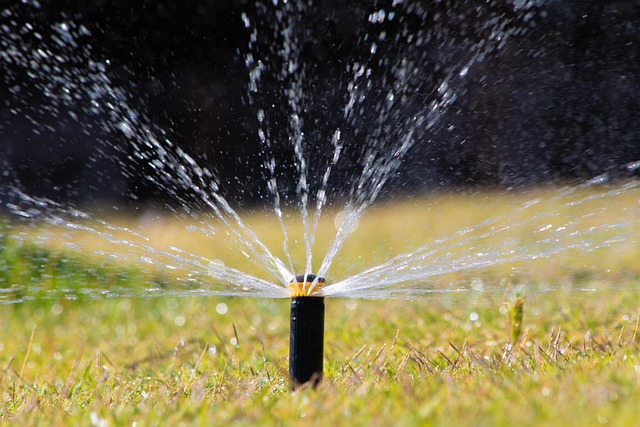Proper vegetation management within Castle Pines' utility easements is key to maintaining balanced landscapes and ensuring access to essential services. By considering soil, sunlight, and water, professionals select hardy plants that minimize damage to utilities and support infrastructure resilience against natural disasters and climate change. Best practices include area inspection, species identification, regular monitoring, compliance with local regulations, and targeted vegetation control methods like pruning, burning (permitted), and herbicide applications.
In Castle Pines, proper vegetation management along utility easements is crucial for maintaining a balanced ecosystem and ensuring efficient infrastructure. This article delves into the strategic evaluation of lawn plants, focusing on utility easements. We explore effective vegetation management strategies to enhance landscape aesthetics while mitigating risks. By implementing best practices for professional lawn assessment, homeowners and professionals can achieve healthy grass and optimal green spaces, considering both environmental sustainability and regulatory compliance in Castle Pines.
- Understanding Utility Easements in Castle Pines
- The Role of Vegetation Management Strategies
- Best Practices for Professional Lawn Evaluation
Understanding Utility Easements in Castle Pines

In Castle Pines and surrounding areas, proper vegetation management within utility easements is a critical aspect of landscape maintenance. Utility easements, often located along property boundaries or in specific zones designated for public services, require careful consideration to balance aesthetic appeal with operational needs. Professional lawn evaluation plays a pivotal role here by identifying the right plants suited to these spaces, factoring in factors like soil conditions, sunlight exposure, and water availability.
Effective vegetation management involves selecting native or low-maintenance plant varieties that thrive in the local climate and can withstand potential utility activities. This approach ensures the long-term health of the plants while minimizing the risk of damage to underground utilities during landscaping or maintenance work. By understanding the unique challenges posed by utility easements, professionals can create visually pleasing landscapes that also facilitate efficient access for essential services like power lines, water pipes, and telecommunications cables.
The Role of Vegetation Management Strategies

In Castle Pines and surrounding areas, effective vegetation management for utility easements is paramount to maintaining a safe and efficient infrastructure network. Utility companies rely on clear access to maintain and repair crucial services like electricity, water, and telecommunications. Well-planned vegetation management strategies ensure these essential utilities are not obstructed by overgrown plants or trees, minimizing the risk of service disruptions.
By implementing tailored management plans, professionals can maintain a balanced ecosystem while protecting critical easements. This includes strategic pruning, controlled burning (where applicable), and selective herbicide applications to manage invasive species without harming desirable vegetation. Such strategies promote healthy landscapes, enhance visibility for utility workers, and contribute to the overall resilience of Castle Pines’ infrastructure against natural disasters and climate change.
Best Practices for Professional Lawn Evaluation

When conducting a professional lawn evaluation, especially for vegetation management for utility easements in Castle Pines, adherence to best practices ensures accurate assessment and effective treatment. Begin by thoroughly inspecting the area, noting the types and density of vegetation present. Identify any problematic species that may require removal or control due to their impact on utility access and maintenance. Regular monitoring is key; schedule routine checks to track the health of the lawn and the effectiveness of management strategies.
Documenting findings is crucial. Take detailed notes, including photos, to illustrate issues like invasive plant growth, overgrowth obstructing easements, or areas needing revegetation. This visual record aids in communicating recommendations to clients and stakeholders. Additionally, stay updated with local regulations and guidelines regarding vegetation management in residential areas, ensuring compliance throughout the evaluation and treatment process.
In light of the above discussions, it’s clear that effective vegetation management strategies are essential for maintaining optimal utility easements in Castle Pines. By implementing best practices for professional lawn evaluation and considering the unique needs of these areas, property owners and managers can ensure both aesthetic appeal and functional integrity. These strategies not only enhance the overall landscape but also minimize potential risks associated with overgrown vegetation. Integrating sustainable approaches to vegetation management is crucial for a balanced ecosystem within utility easements in Castle Pines.
